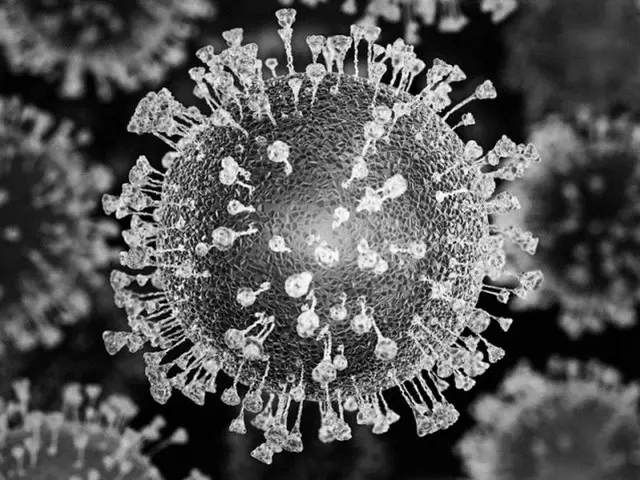On the 26th, the Korea Centers for Disease Control and Prevention (KCDC) monitored the current status of hospitalized patients at 220 large hospital-level sample monitoring facilities with more than 200 beds nationwide, and found that the number of hospitalized patients due to COVID-19 this year was 1.1% of that in February.
After peaking in the first week, the number decreased, but has been increasing since the fourth week of June. In the last four weeks, the number of weekly hospitalized patients was △63 in the fourth week of June △91 in the first week of July △145 in the second week of July △
The number of hospitalized patients in the third week of July was 225, a 3.5-fold increase from four weeks ago. By age, those aged 65 and over were the largest group, accounting for 64.9% (7,179) of the total number of hospitalized patients (11,069).
Those aged 0-64 accounted for 18.5% (2,052 people), followed by those aged 19-49 at 10.2% (1,130 people). As the number of hospitalized patients increases, the detection rate of COVID-19 virus pathogens also tends to increase.
As of the third week of July, the detection rate (17.0%) increased by 10.6 percentage points from June (6.4%). Looking at the detection rate of COVID-19 virus variants, the detection rate of JN.1, which has been prevalent until now,
The rate of KP.3 decreased to 39.8% (down 39.8% points from June), while KP.2 increased to 16.1% (up 10.4% points from June).
Pertussis, which is characterized by paroxysmal coughing, has also been spreading among children and adolescents over the past four weeks, with a total of 13,545 cases (including suspected cases) reported as of the third week of July.
By age, 58.5% (7,925 people) were aged 13-19, 34.0% (4,605 people) were aged 7-12, and so on, with children and adolescents aged 7-19 accounting for 92.5% (12,530 people) of the total.
The epidemic continues, mainly among young people, with the number of patients hospitalized at specimen monitoring facilities for Mycoplasma pneumoniae infections, for which an epidemic warning has been in effect since the 24th of this month, reaching its highest number since the warning was issued.
In the last four weeks, 7-12 year olds accounted for 51.6% (1299 cases) of the total number of hospitalized patients (2519 cases), followed by △1-6 year olds (27.0% (680 cases)), △13-18 year olds (27.0% (680 cases)), and △19-20 year olds (27.0% (680 cases)).
The Korea Centers for Disease Control and Prevention (KCDC) plans to introduce a new vaccine that can respond to epidemic mutations and begin administering seasonal COVID-19 vaccinations in October.
"Domestic and international analysis of the KP.3 variant, which has recently been increasing in Korea, confirms that its infectivity and severity have not increased," the agency director said. "We will continue to monitor the situation while analyzing patient trends."
Responding to COVID-19 through comprehensive mutation monitoring, intensive guidance on compliance with respiratory infection prevention measures, especially for elderly care facilities and other vulnerable facilities, and rapid epidemiological investigations in the event of an outbreak.
"We plan to ensure that there is no negligence in this regard," he emphasized.
2024/07/26 21:31 KST
Copyrights(C) Edaily wowkorea.jp 78

